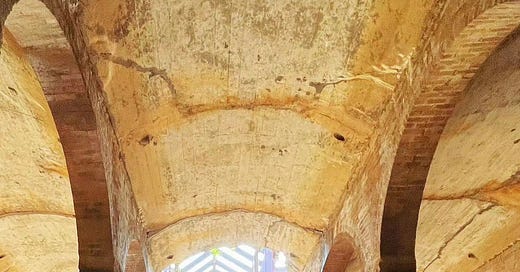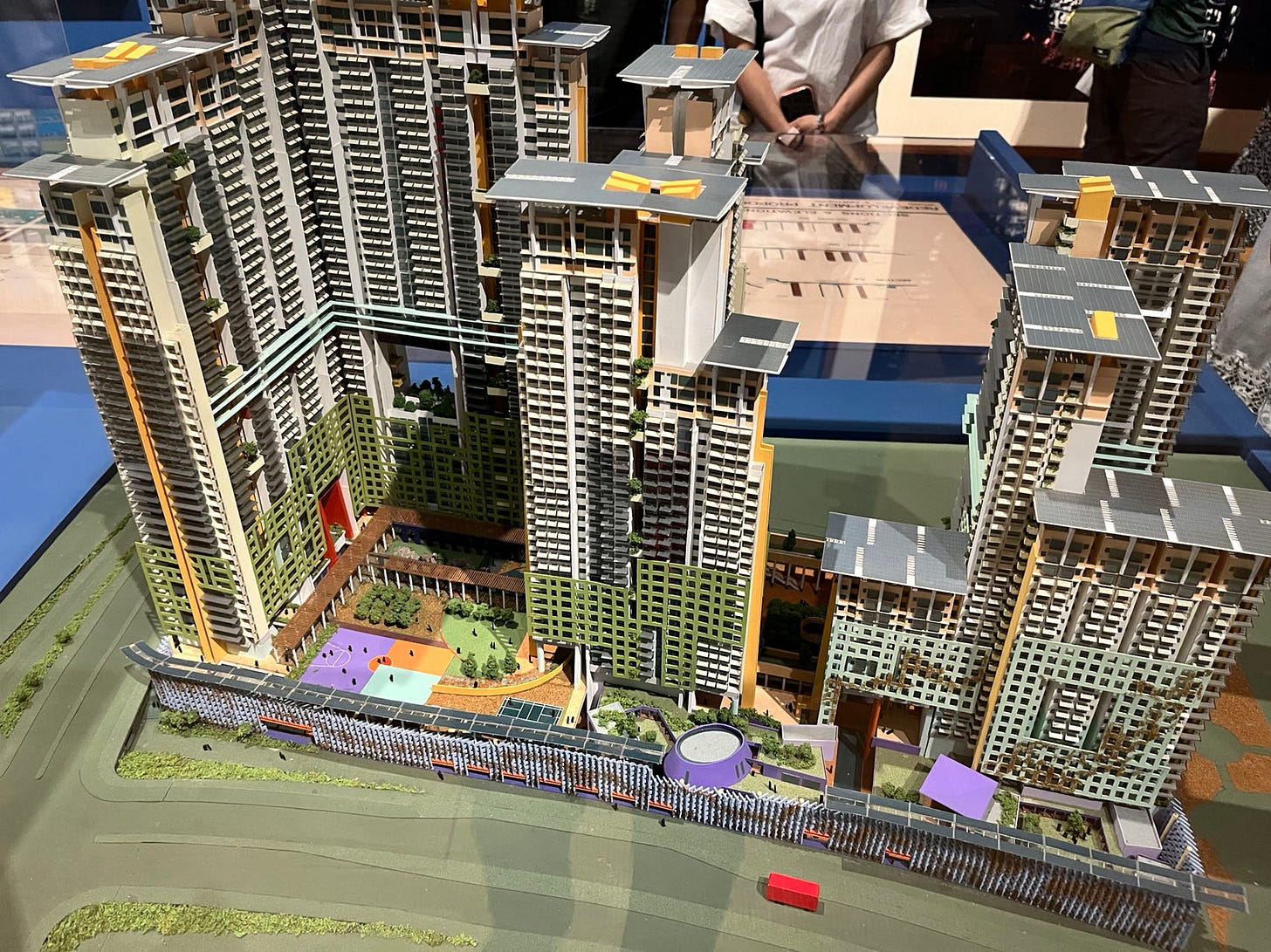The Veins Underneath Hong Kong
My travel notes of Ex-Sham Shui Po Service Reservoir in Hong Kong
This is the fifth post in my Social Observation Series:
#1 Thoughts on China's Stringent Regulations on the Tutoring Industry
#2 The Tea House around the Corner
#4 China in the Post-Pandemic Era
One of my interests has always been to understand the history and culture of a city through its relics. My limited knowledge of Cantonese has always been an obstacle to deeper my understanding of Hong Kong, the city that I live in now. However, perseverance pays off, and today I participated in an English guided tour that I signed up for a month ago. The destination was the water reservoir in Sham Shui Po, Kowloon, Hong Kong.
The reservoir was built in 1902 and completed in 1904, fulfilling its historical mission in 1970. It was an important part of the 20th century Kowloon waterworks gravitation scheme. As shown in the picture below, the Kowloon Reservoir was the main storage facility, but due to peak hour water usage by residents is usually much higher than normal hours, the Sham Shui Po Service Reservoir and three other service reservoirs were built. The Sham Shui Po Service Reservoir primarily supply residents in Kowloon Tong, Sham Shui Po, and Tai Hang Tung area.
The Ex-Sham Shui Po Service Reservoir had a diameter of 150 feet (approximately 46 meters), a height from floor to vault of 22 feet 6 inches (approximately 6.85 meters), and a storage capacity of 2.18 million gallons (approximately 9,900 cubic meters).
Behind the well-developed water storage facilities lies the reflection of the scarcity of fresh water resources in Hong Kong. Hong Kong lacks natural water sources such as lakes, rivers, and groundwater.
Today, I want to touch on the history of how water resources were addressed in the Kowloon area of Hong Kong through the water reservoir. There are three phases:
In the first phase, before the construction of the water reservoir, besides traditional methods such as stream water collection, water pumping from wells were used to supply water to Kowloon. However, electricity was derived from coal, resulting in high drinking water costs that ordinary people could not afford.
In the second phase, the water reservoir was built to store rainwater and transport it to different areas through gravity.
However, rainfall is not always stable, and in June 1963 to May 1964, Hong Kong faced severe drought, resulting in the highest level of water supply restrictions. Residents could only receive water supply for four hours every four days (which is unbeliable to me when I first learnt about this).
In the third phase, due to the water scarcity in Hong Kong, in late 1963, Premier Zhou Enlai approved RMB 38 million funding to build the Dongjiang-Shenzhen water supply project, which imported water from the Guangdong's Dongjiang River, which has the highest water quality, to alleviate Hong Kong's water supply difficulties.
Currently, the three branches of Hong Kong's water supply system, including rainwater collected from local catchment areas, water imported from Guangdong's Dongjiang River, and seawater for flushing toilets, account for 18%, 59%, and 23% of the total waterconsumption (including toilet flushing demand) of 13.76 billion cubic meters in 2021, according to Water Supplies Department.
Besides the history part, a few observations during my tour:
The Ex-Sham Shui Po Service Reservoir was the first circular underground service reservoir built in Hong Kong. The circular design allowed for the largest area with the shortest perimeter, thereby reducing the cost of building perimeter walls. It’s a design which combines practicality and aesthetics.
The inflow and outflow of the reservoir are on the same side and close to the edge, using the first-in, first-out principle, assuring water quality fresh.
On Christmas Day in 1953, the largest fire in Hong Kong's history occurred on the hill where the water reservoir was located, Bishop Hill (a.k.a. Woh Chai Shan), causing more than 50,000 people to be displaced. This event also spurred the development of public housing in Hong Kong, which is another very interesting topic to learn about Hong Kong.
Lastly, I made title of this post "The Veins Underneath Hong Kong" because the moment when I walked into the water reservoir on top of Bishop Hill, I realize that many things we take for granted, such as water resources supply that supports the operation of our city and society, have been quietly running in the background. I am grateful when I think about people in the past who faced challenges that we no longer have today.
Thanks for your reading and I hope you enjoy it. Stay safe and see you next time.










